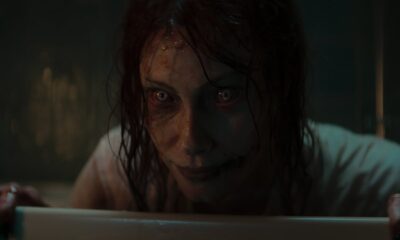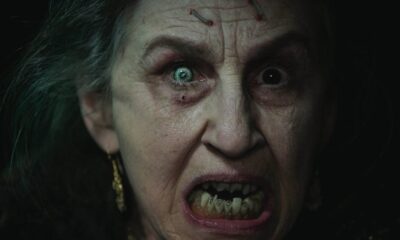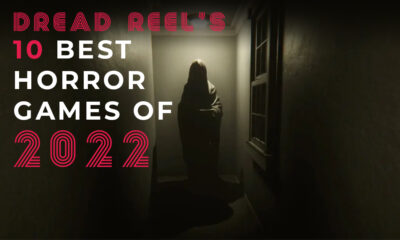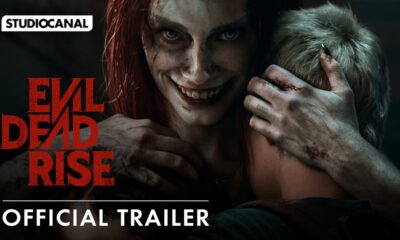Music & Art
The Amazing Poster Art of Evil Dead Rise
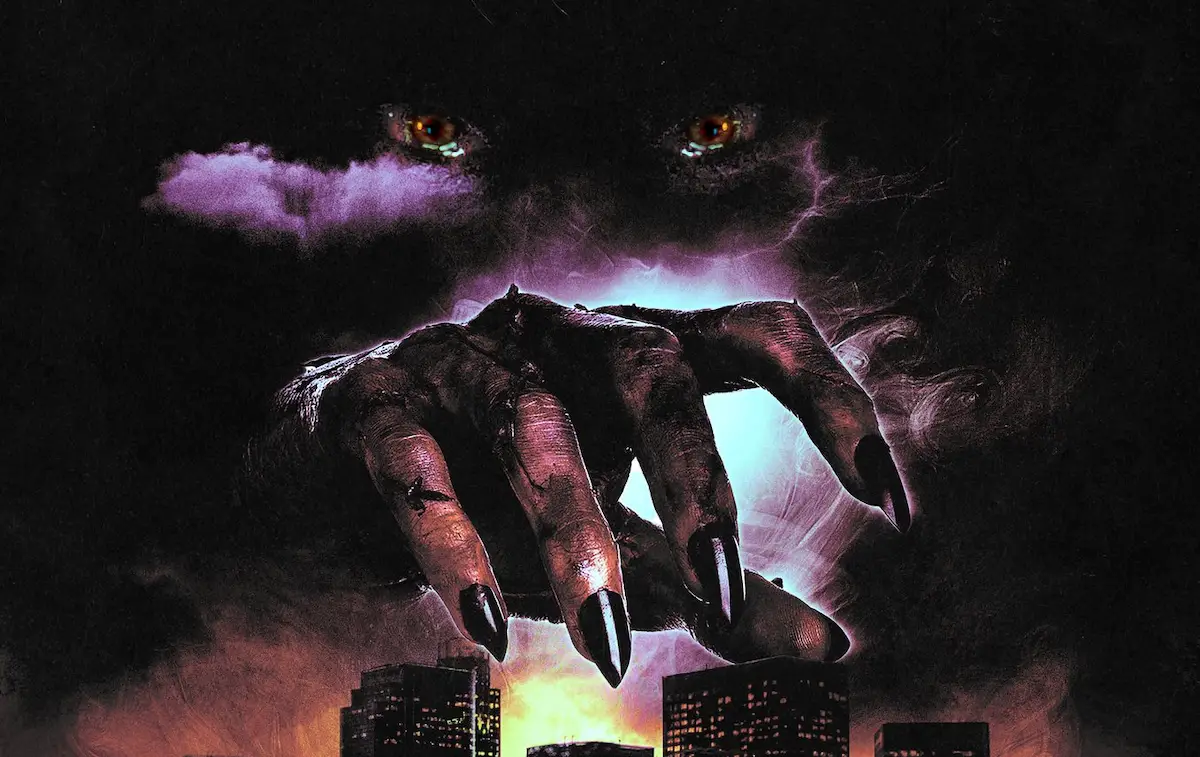
When you purchase through links on our site, we may earn an affiliate commission.
Check out this awesome collection of terrifyingly groovy Evil Dead Rise posters created by some talented artists.
Evil Dead Rise is currently out in theatres nationwide, and has enjoyed a worldwide box office opening of $42.4 million, with $24.5 million going to domestic US audiences, and $17.9 million for international. In this article, we feature some breath-taking Evil Dead Rise artwork by some exceptionally talented illustrators.
A new retro-styled poster by artist Creepy Duck Design has recently been released. This stunning artwork gives off 1980s, early ’90s vibes, and there is nothing wrong with that. Some of the best poster art for horror films was released during this period. The composition of this particular piece is masterful as it shows the demonic hand of a deadite looming over the city, playing on the film’s fresh and exciting new city setting. The purple and yellowy orange complimentary colours work nicely together, and the red title is angled and positioned so it draws you into the picture.

The next awesome design is by artist Alex Vincent and uses a nice one-point perspective to lead the viewer towards Alyssa Sutherland’s terrifying deadite, who is framed by the doorway. The figure is well posed, with the deadite looking both evil and mischievous. The ominous writing on the wall, using the film’s taglines is a clever idea, as is placing the title on the floor, with all text pointing towards the horrifying main area of interest in the doorway.
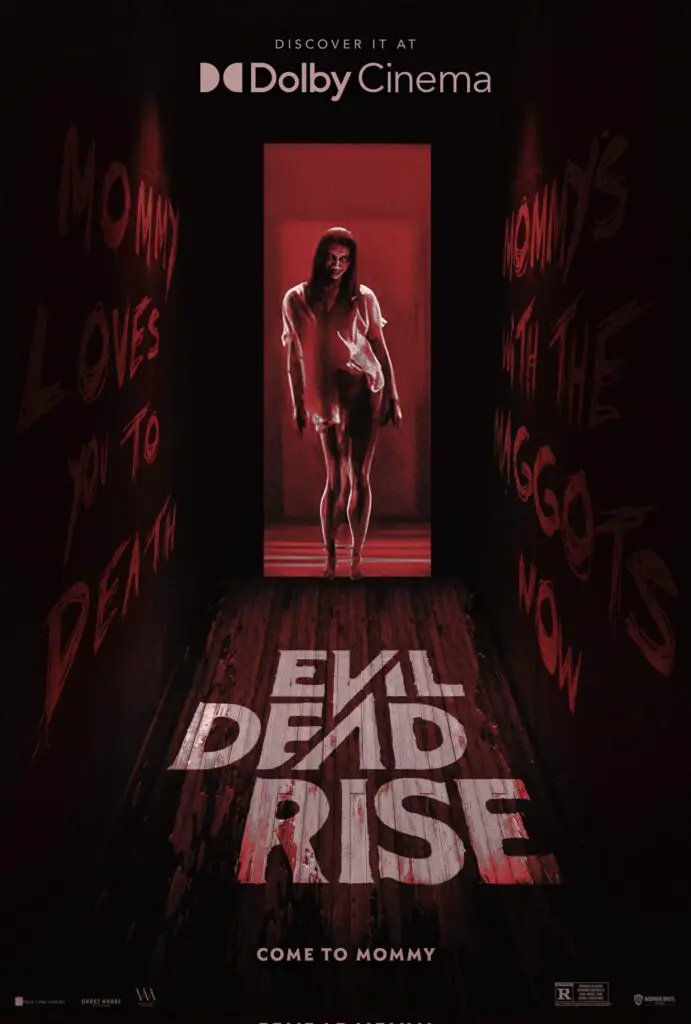
This next poster design is by BossLogic. This one has a strong composition with the buildings leading the eye towards the giant blood-soaked cheese grater. Anyone familiar with this scene from the trailer or film may wince a little upon seeing it. The blood rain in the background is a nice touch; there’s no shortage of pouring blood in the Evil Dead franchise.

This next one is by Devon Whitehead (devondraws) and is definitely one of the best designs yet. The composition is absolutely on point with three different sized heads of Alyssa Sutherland’s ‘mommy’ deadite leaning ominously toward the viewer; each showing a different expression of evil. The low angle of the shot is perfect to show the film’s most powerful deadite looming, with the protagonists each in an ‘about to’ pose as they face the oncoming deadites. The cool and warm colours work nicely together, with the warm colours towards the front giving the heated feel of the oncoming danger, and the cool cold background colours providing a suitably spooky contrast.
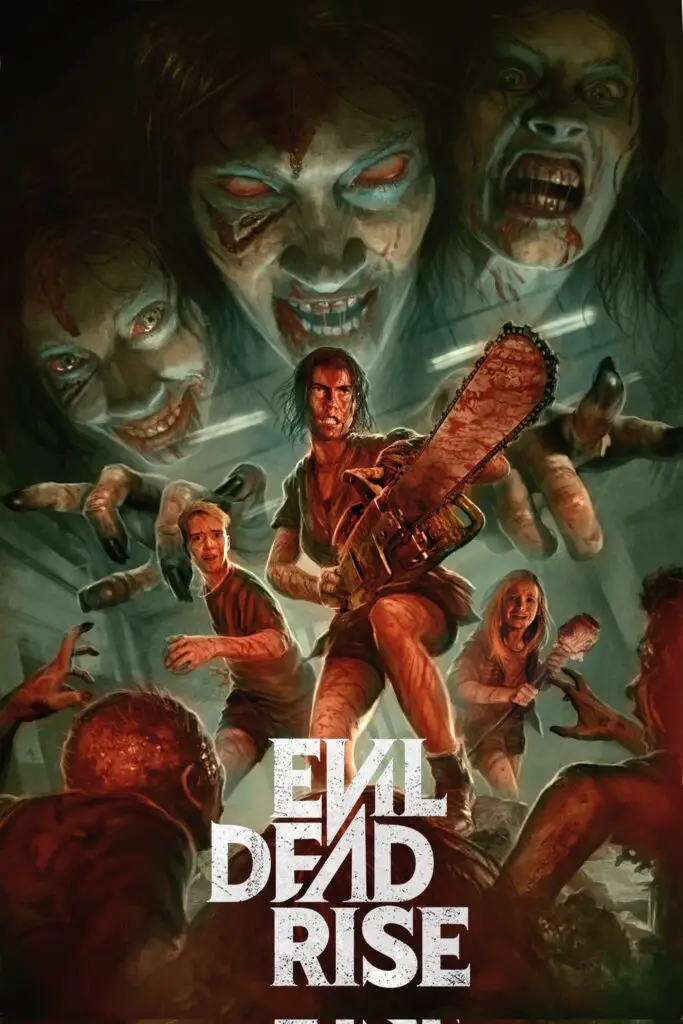
This final artwork, also by Devon Whitehead (devondraws) was done for CAVITYCOLORS merch. The art is available as an officially licensed tee & hoodie for Evil Dead Rise. A (non-affiliate) link to the hoodie and the t-shirt.
This is absolutely one of the best Evil Dead Rise artworks yet. For anyone that has seen the film, they will instantly get the motifs. The dynamic composition is second to none. There is so much movement in the image it’s brilliant. The composition is somewhat circular, with the Alyssa Sutherland’s deadite scratching away at the record that spins you towards the deadites on the left, up to the deadite holding a cheese grater, and the buttons shooting down towards the title from the film’s standout line “Mommy’s with the maggots now”. A nice harmonious colour palette, and certainly a fitting image for any Evil Dead fan to don before heading out to watch the movie.

Some stellar artwork on display here, by some really talented artists. If these stunning posters don’t make you want to see the film, are you even a true Evil Dead fan?
Evil Dead Rise is in cinemas now nationwide.
Music & Art
Art Meets Horror: A Collection of 15 Hauntingly Beautiful Horror Art Books

When you purchase through links on our site, we may earn an affiliate commission.
Discover 15 chilling horror art books that showcase haunting illustrations and macabre imagery. Enter the dark side of art and experience spine-tingling terror.
Horror and art are two genres that have long been intertwined, with some of the most memorable horror stories brought to life through chilling illustrations and macabre imagery. From classic horror icons to contemporary artists, the horror art genre has produced some of the most hauntingly beautiful creations that thrill and terrify in equal measure. In this article, we’ll showcase 15 horror art books that are must-reads for any horror fan or art lover. Get ready to enter the dark and twisted world of horror art, where beauty and terror collide in spine-chilling harmony.
15. The Art of Horror: An Illustrated History

The Art of Horror: An Illustrated History focuses on how the horror genre has presented itself to the world since the creations of Bram Stoker and Mary Shelley came about in the 19th century. From early engravings-via dust jackets, book illustrations, pulp magazines, movie posters, comic books, and paintings to modern digital art, it’s all here in this comprehensive illustrated guide. The editor sourced visuals from archives and private collections worldwide, including rare and unfamiliar artworks.
14. The Art of Horror Movies: An Illustrated History

From the same creative team behind the award-winning illustrated The Art of Horror, this book covers the entire history of the horror film, from the silent era right up to the latest releases and trends. Featuring over 600 rare and unique images including posters, lobby cards, advertising, promotional items, tie-in books and magazines, and original artwork inspired by classic movies, The Art of Horror Movies is the definitive guide for anyone who loves horror films and art.
13. Aliens – Artbook

A follow-up to Alien: 40 Years 40 Artists, Aliens – Artbook includes over 100 pieces by professional artists. From character portraits, faux book covers and poster concepts, to iconic scenes, this is a lavish coffee table book is bursting with brand new and exclusive art. A must have for any fan of the franchise.
12. The Art of Pulp Horror: An Illustrated History

From the same creative team behind the award-winning illustrated The Art of Horror, this stunning book includes 800 rare and unique images from around the world, including book and magazine covers, interior illustrations, movie posters, comic books, promotional items, tie-ins, and previously unpublished artwork commissioned especially for this book. The Art of Pulp Horror is a worthy addition for any fans of both horror and art.
11. Nightmare On One-sheet: The Art of Graham Humphreys

Nightmare On One-sheet is a follow up to Hung, Drawn and Executed, this second volume contains almost 100 new paintings by professional illustrator Graham Humphreys, many of them created during the pandemic. This stunning book features art created in the traditional medium of gouache on watercolour paper.
10. The Book of Horror: The Anatomy of Fear in Film

The Book of Horror: The Anatomy of Fear in Film includes 100 classic and contemporary horror films from around the globe, and striking illustrations from Barney Bodoano. By focusing on the most frightening films of the post-war era, The Book of Horror is intended to be a rich and compelling guide to the scariest films ever made.
9. Hung, Drawn and Executed: The Horror Art of Graham Humphreys

Professional illustrator Graham Humphreys is no stranger to the genre, from designing the iconic Evil Dead poster to Nightmare on Elm Street and House of a Thousand Corpses, his iconic art can be seen in this beautiful art book. Preferring the traditional medium of gouache to paint his images, this stunning book includes previously unseen work, including paintings, drawings and colour studies. Showcasing some beautiful art, Hung, Drawn and Executed is a worthy addition to any true horror fan’s book collection.
8. The Art of Hammer – Posters from the Archive of Hammer Films

The Hammer Horror films are a series of Gothic Horror movies made by the London based British film production company, Hammer Film Productions between the 1950s and the early 1970s. The Art of Hammer is the first ever collection of the company’s iconic movie posters, containing hundreds of rare posters from around the world. This lavish horror art book, featuring Hammer’s greatest films is a must have for any real horror fan.
7. Voluptuous Terrors 2: 100 Horror & Exploitation Film Posters From Italy (The Art of Cinema)

This art book contains classic Italian film poster art from the post-war period through to the 1980s for classic exploitation and pulp horror films. Voluptuous Terrors 2 contains 120 film posters by a wide range of acclaimed Italian artists, and features full-colour, full-page reproductions of art made for both indigenous and foreign-language film productions.
6. Alien: 40 Years 40 Artists

Forty Artists, filmmakers, and fans were invited to commemorate the 40th anniversary of Alien in 2019, by contributing a piece of original art. Contributors to Alien: 40 Years 40 Artists include Alien: Covenant concept artist Dane Hallett, Blade Runner 2049 director Denis Villeneuve, Sam Hudecki, and Tanya Lapointe; Star Wars concept artist Terryl Whitlatch; and Kong: Skull Island director Jordan Vogt-Roberts, and Jon Wilcox.
5. GRINDHOUSE VISIONS: 100 Horror, Science Fiction & Exploitation Film Posters (The Art of Cinema)

GRINDHOUSE VISIONS is a collection of 100 striking English-language film posters designed specifically for low-budget horror genre films. The theme of the posters deals with subjects such as horror, science fiction, juvenile delinquency, bad girls and exploitation. The posters in this volume date from 1955-1981 and are reproduced in full colour, and at full page-length or page-width.
4. GRINDHOUSE VISIONS 4: 100 Horror Film Posters From France & Spain (The Art of Cinema)

European film poster art of the 1950s to 1980s was dominated by Italy. However, other countries also contributed significant artistic innovations to the genre. GRINDHOUSE VISIONS 4 showcases some of the most striking and provocative designs from France and Spain, created to promote horror movies, especially those using elements of women in peril.
3. CRYPT OF CARNAL TERRORS: 100 Artworks For Italian Horror & Giallo Cine-Locandine (The Art of Cinema)

CRYPT OF CARNAL TERRORS is a book volume that showcases 100 classic artworks crafted for Italian Horror by a wide range of acclaimed Italian artists. This stunning art book contains classic horror scenes in full-colour, full-page images highlighting some of the world’s most innovative and seductive promotion art for film.
2. Voluptuous Terrors 1: 120 Horror & Science Fiction Film Posters From Italy (The Art of Cinema)

From the post-war period through to the 1980s, Italian artists produced posters with stunning designs and terrifying imagery. Voluptuous Terrors 1 collects 120 film posters by a wide range of acclaimed Italian artists, created for classic science fiction, and pulp horror of both indigenous and foreign-language film productions.
1. GRINDHOUSE VISIONS 3: 100 Horror, Science Fiction & Exploitation Film Posters (The Art of Cinema)

The third volume of GRINDHOUSE VISIONS 3 is another collection of 100 striking English-language film posters designed specifically for low-budget horror genre films. As with first-volume, the theme of the posters deals with subjects such as horror, science fiction, juvenile delinquency, bad girls and exploitation. The posters are reproduced in full colour, and maximal size.
Horror art books are a unique and captivating way to experience the world of horror. The haunting illustrations and macabre imagery in these books bring a new dimension to our favourite horror stories and characters. We hope this list of 15 horror art books has inspired you to explore the dark and twisted world of horror art, and perhaps even add a few of these spine-chilling books to your collection.
Music & Art
The Iconic Role of Synth Music in Horror
A look at the important role Synth music has played in the horror genre.
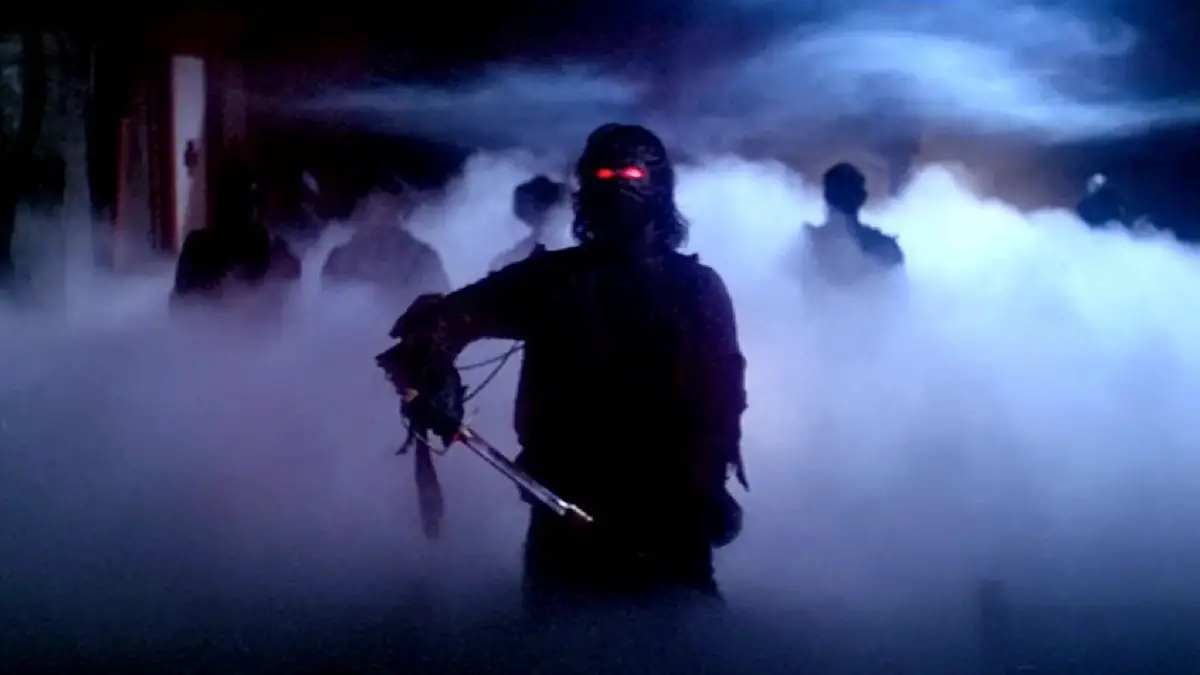
When you purchase through links on our site, we may earn an affiliate commission.
We look the role of Synth music in horror and how the atmospheric music has influenced soundtracks in the genre.
The Synthesizer has been a popular choice for music in modern horror films dating back to the 1970s. Over time, Synth music has become a quintessential part of the horror genre, and when used effectively can significantly enhance a film’s mood and images. Synth music is typically created using electronic instruments, which produce a unique set of tones that are not found in traditional instruments.
One of the most interesting things about synth-based horror music is the way it can create a sense of nostalgia and unease at the same time. The use of vintage synthesizers and analog equipment can evoke a sense of the past, while the often dissonant and unsettling sounds they produce can create a sense of anxiety and fear. This tension between the familiar and the unknown is a hallmark of the horror genre, and it is one of the reasons why synthesizer music works so well in horror films.
When Synth music is used in horror films, it often features dissonant chords, which are chords that sound harsh or unpleasant when played together. These chords can create a sense of tension and unease in the listener. Many synth compositions in horror films also use low-frequency oscillations, which are deep, pulsating sounds that can create a sense of impending doom or danger. Synth music in horror films often uses reverb and distortion effects to create a sense of space and depth. These effects can also make the music sound more eerie or unsettling.
In the 1980s, synthesizer music became even more prevalent in horror films, as the popularity of electronic music exploded. This was the era of classic horror franchises like Friday the 13th and Nightmare on Elm Street, and the scores for these films often featured driving, pulsing synthesizer beats that perfectly complemented the on-screen action. The music for these films was often composed by up-and-coming artists who would go on to become some of the most influential names in electronic music, such as Alan Howarth and Harry Manfredini.
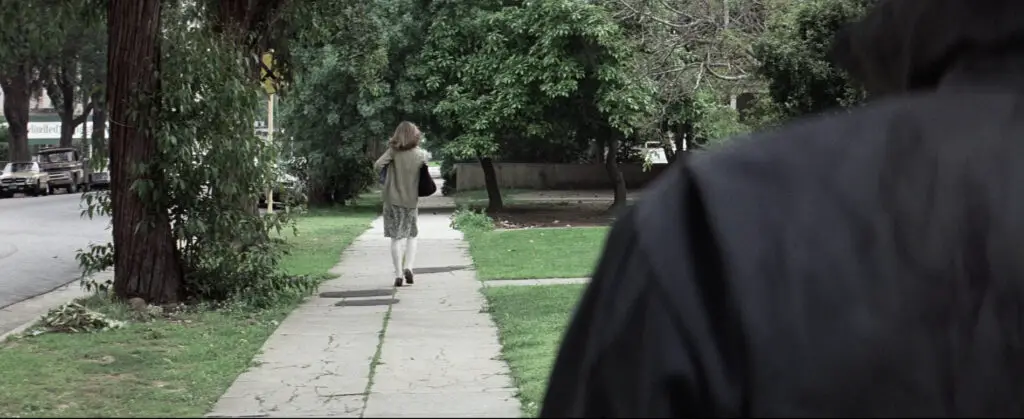
Perhaps the most notable uses of synth music in a horror film are in John Carpenter films. The music synthesizer became a signature part of Carpenter’s horror films, and his scores set the film’s atmosphere perfectly. The soundtrack for The Fog (1980) was composed and performed by Carpenter himself, and is said that he considers it one of his best scores. For Halloween (1978), the main theme was created using a Moog Modular III System, composed by Carpenter, and programmed by Dan Wyman (via VINTAGE KING). The simple, repetitive melody played on a synthesizer became instantly recognizable and helped to establish the film as a classic of the horror genre. Carpenter went on to use synthesizers in many of his other films, including The Thing and Escape from New York, cementing his status as one of the pioneers of synth-based horror soundtracks.
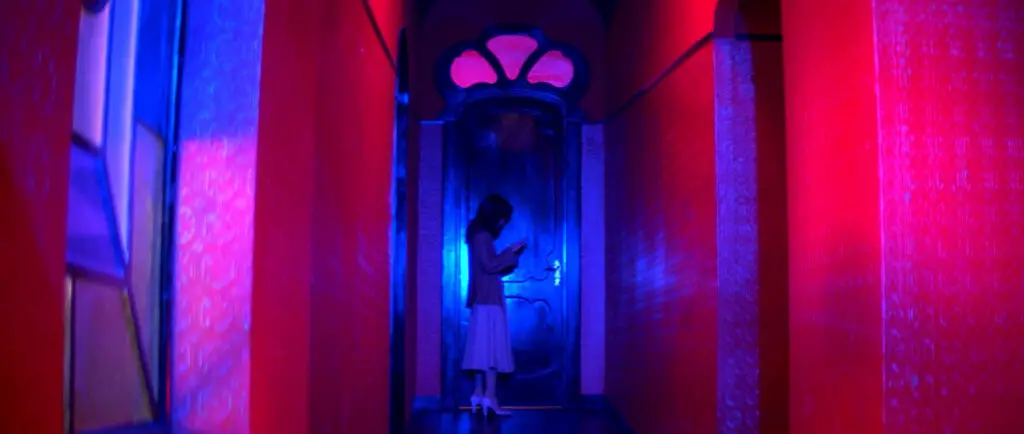
Italian horror master Dario Argento, another notable horror director has made good use of the synthesizer in his films. The soundtrack to the film Suspiria (1977) was composed and performed by the Italian band Goblin. The band wanted to experiment further so they hired a Moog Modular System 55 synthesizer, but found using the huge analogue difficult, so they hired another composer to run it (via Noisegate).
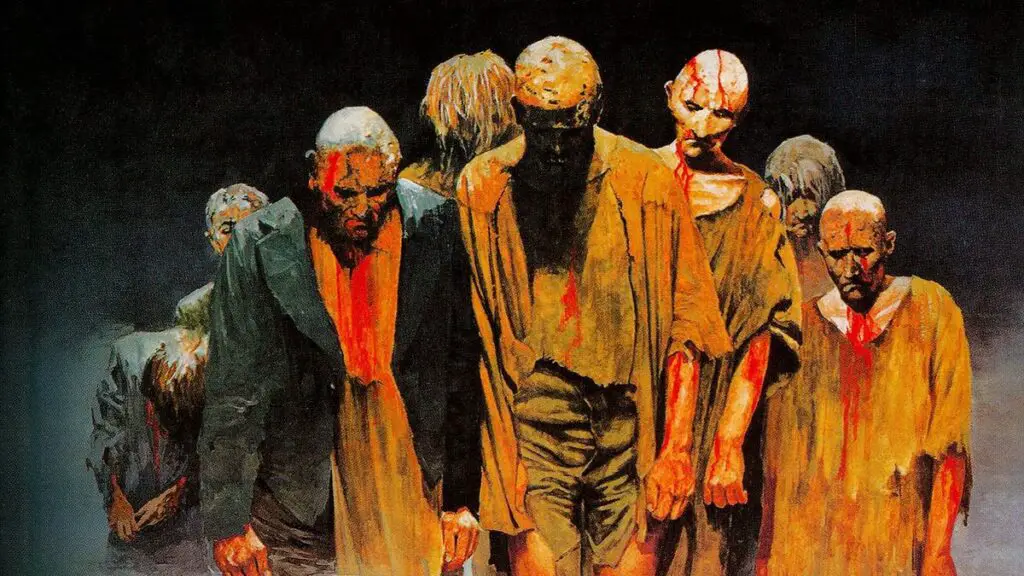
Another Italian director, Lucio Fulci teamed up with composer Fabio Frizzi for Zombi 2 (1979). A controversial terrifying film known for its gore, and notorious shark scene, the soundtrack masterfully carries the viewer along on a doom-laden ride as the outbreak takes place on a Caribbean island. The eerie almost melancholic synths as the zombies reanimate and attack the islanders makes this one of the most atmospheric horror films out there. Fulci and Frizzi collaborated on a number of films, most notably City of the Living Dead (1980) and The Beyond (1981).
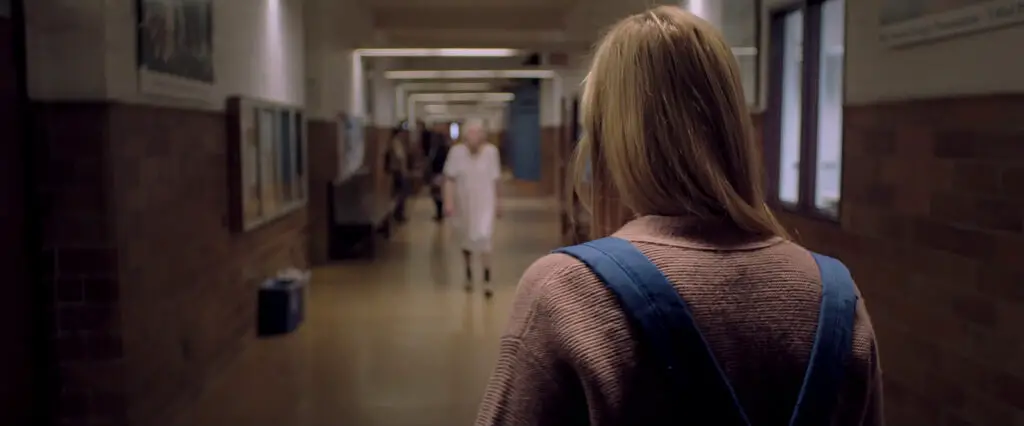
The use of synthesizers in horror continued to evolve throughout the 1990s and 2000s, with filmmakers experimenting with new sounds and styles. In the 2014 film It Follows, composer Disasterpeace created a score that combined retro synthesizer sounds with modern electronic beats to create a truly unique and unsettling sound. The eerie synth was cleverly used to create the ominous mood and atmospheric dread of the film’s antagonist, the entity that stalks and kills its cursed victims. Stranger Things (2016), set in the 80s, unsurprisingly features a synth soundtrack heavily influenced by the decade.
Overall, the sounds of synth music used in horror films are often designed to create a sense of unease, tension, and suspense in the audience, and they can be highly effective at setting the mood for a scary scene. Some of the greatest and most atmospheric films to date came from an era where the synth was a staple part of a film or TV show’s soundtrack. The use of synthesizer music in horror films has become a defining feature of the genre. From classic films like Halloween to modern classics like It Follows, synth-based horror soundtracks have helped to create some of the most memorable and effective horror movie moments of all time. Whether it’s the simple, driving beat of a John Carpenter score or the complex, atmospheric sounds of a Disasterpeace composition, synthesizers will continue to play an important role in the world of horror cinema for years to come.
Music & Art
The Nightmarish Concept Art of H.R. Giger for Alien
An exploration into the work of H.R. Giger and his early designs for the 1979 Alien film
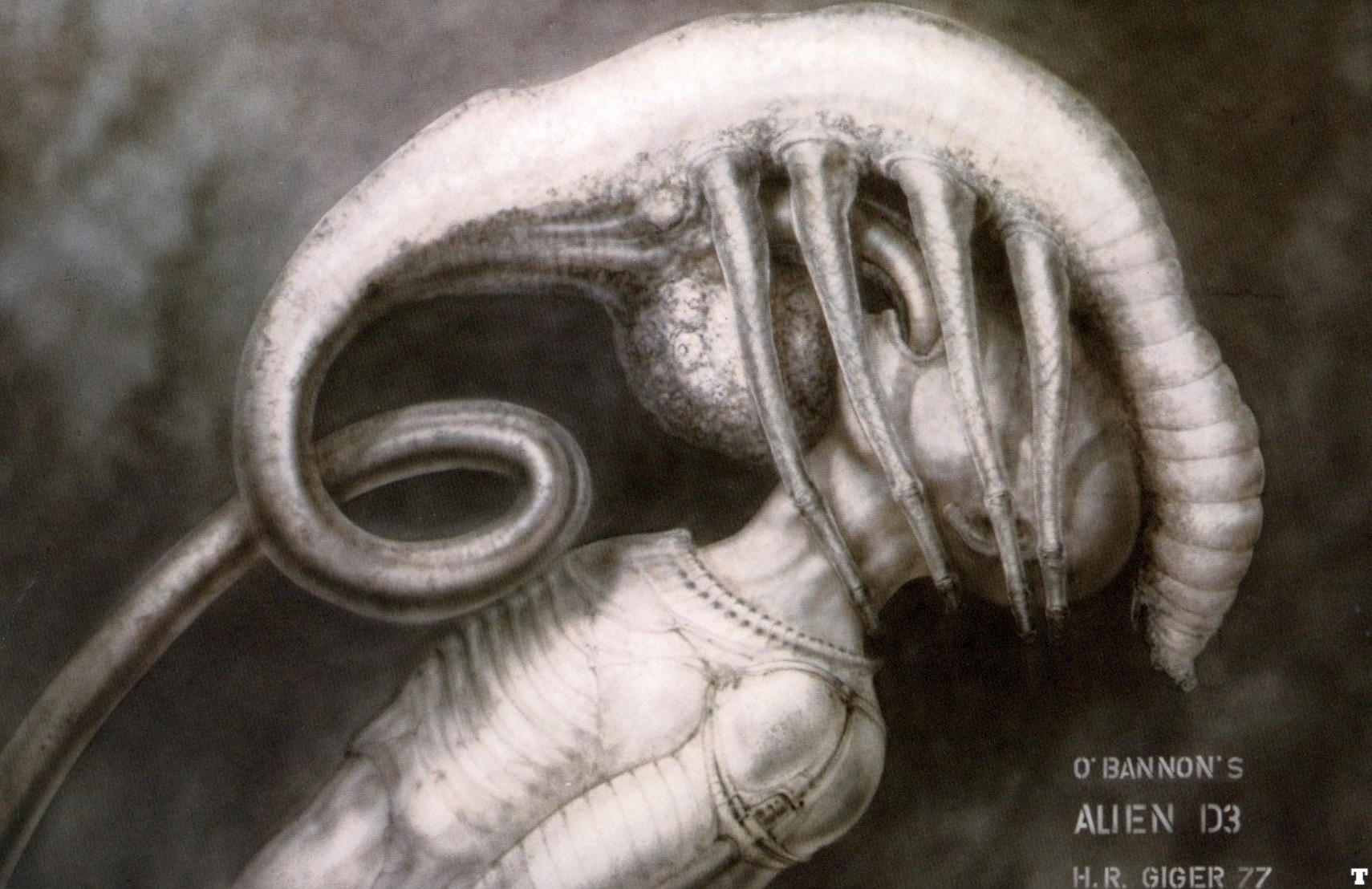
When you purchase through links on our site, we may earn an affiliate commission.
We take a look at the work of H.R. Giger and some of his nightmarish concepts for the 1979 film Alien.
H.R Giger was originally meant to work on Alejandro Jodorowsky’s adaptation of Frank Herbert’s Dune, but the project fell apart in 1976, and the film never got made. Another artist, Dan O’Bannon was supposed to do the special effects on Jodorowsky’s Dune, but the failed project left him both broke and homeless. O’Bannon decided to turn to scriptwriting and while living with his friend Ronald Shusett, they came up with a story. That story went on to become the 1979 film Alien. In 1977, Giger received an unexpected call from O’Bannon, who enlightened him about a new project called Alien, and how he wanted Giger to create the monster.
With a letter, and some explanatory sketches from O’Bannon, Giger set to work on the concepts for what could be described as one of the greatest monster designs in science fiction horror to date.
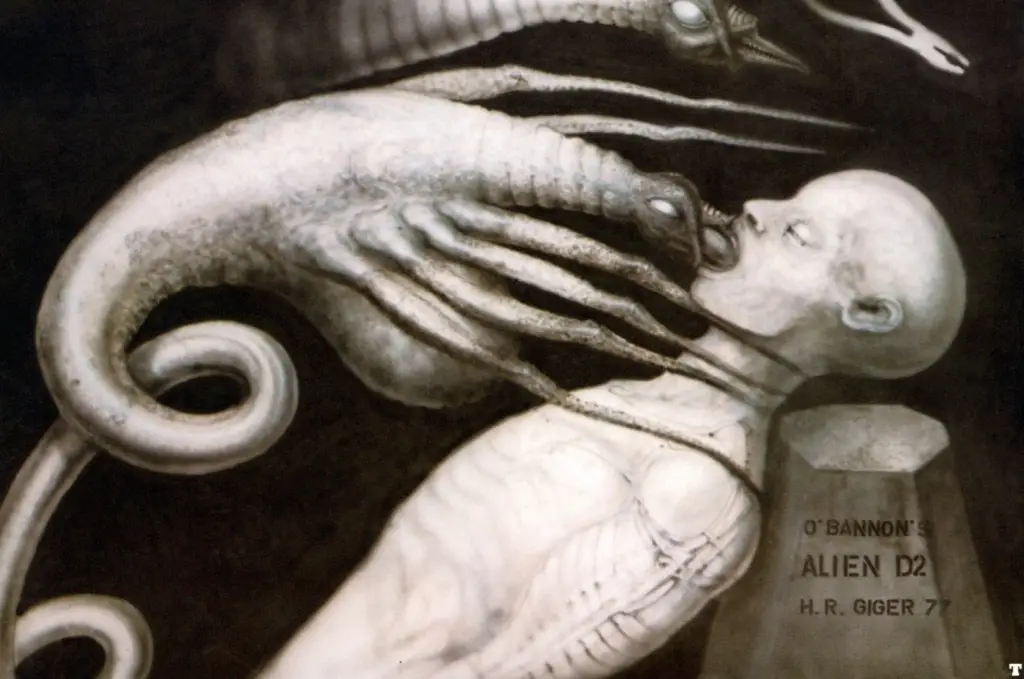
Known as Alien I, the first stage of the monster, designs D2 and D3 (featured image) were early Facehugger concepts. The idea was for the creature to jump out of its egg and attach itself to a host’s face, so Giger designed the Alien’s tail in a functional way to allow it to spring out of the egg. The coiled tail allows it to effectively launch at its intended victim and was inspired by a jumping-devil toy.
Both early facehugger designs are actually more terrifying than the final version we see in the film. D2 has these plain white bug eyes, and long spidery arms, which makes it look even creepier. It looks like a mix of aquatic crustacean, arthropod and larvae.
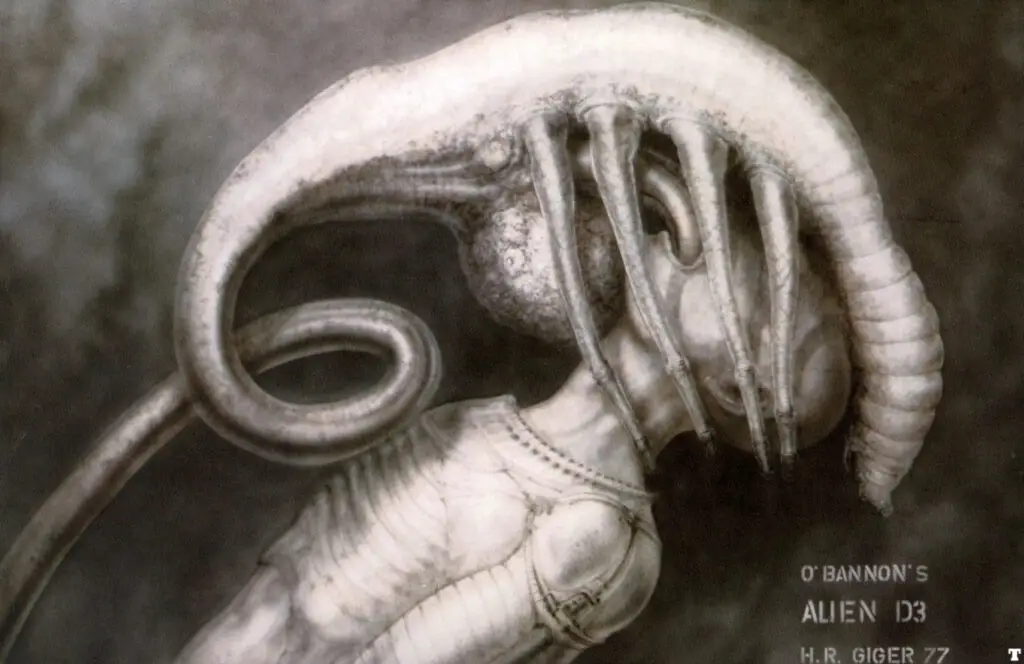
Alien D3 is blind, and looks more larvae like. The D3 design better represents the larval stage of the monster. Both early designs have a large sac on its underbelly, presumably where the embryos are held. The two designs have a tubular proboscis that inserts into the throat of the victim where it deploys embryos into the host. The invasive and parasitic nature of these creatures is truly horrifying. The way in which it forcibly impregnates its host is unsettling to the viewer.
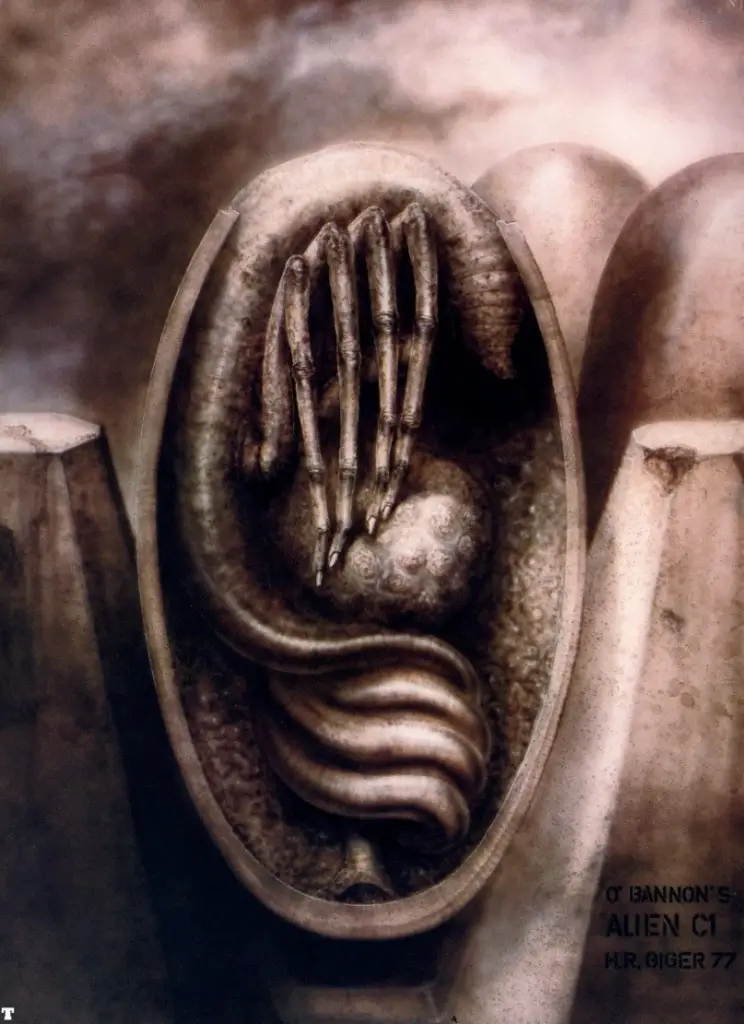
Here in C1, we see what appears to be the D3 design in its egg, laying in wait for a host. The creature’s tail coiled into position, so it can quickly spring out of the egg. The overall design really communicates the revolting nature of the beast, with its smooth worm like texture, juxtaposed with the spidery crab-like arms, with joints for dexterity and nails for gripping its host.
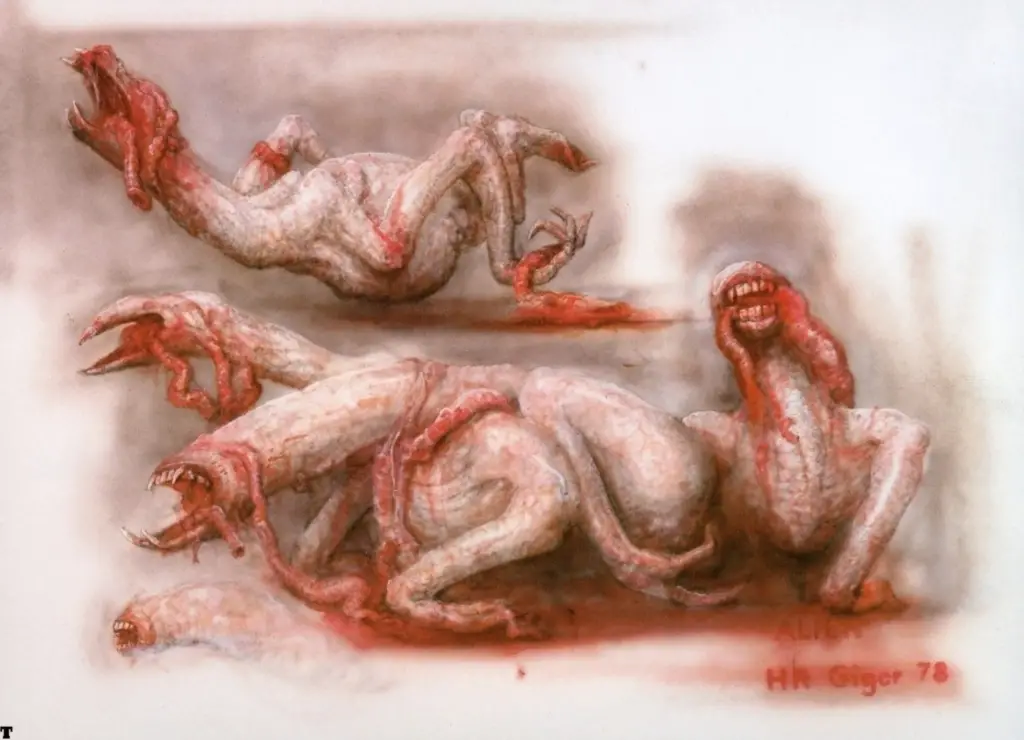
The second stage of the Alien is the Chestburster. We’re first introduced to this beastie when poor old John Hurt’s character is enjoying dinner with his crewmates after seemingly recovering from a Facehugger attack. Giger notes there was agreement for the beast to be blind, and give it “a terrific set of teeth”. Giger referred to this particular design as resembling a “degenerate plucked turkey”.
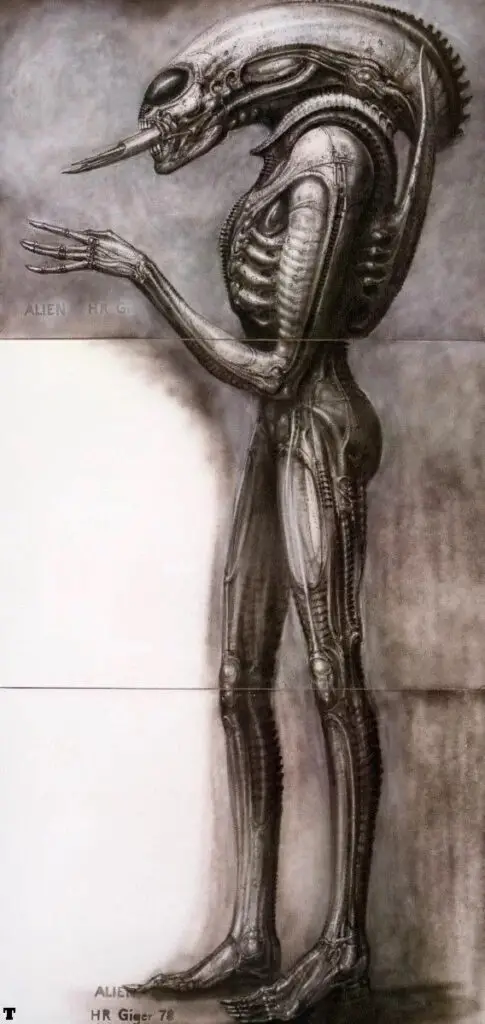
The third stage of the monster, titled Alien III. It was decided at this stage of the design, the eyes were deemed too suggestive of a motorcyclist’s goggles, especially from the front-view. The head design would be replaced with a semi-transparent cranium stretching over the whole cranium. It was a good decision as the final design we see in the film looked more intimidating and the lack of visible eyes made the beast look far more aggressive and monstrous.
The finished Alien design we see in the films is exceptional, and the monster is nothing short of terrifying. When creating monsters or aliens, concept artists tend to look towards the real world for inspiration. The Xenomorph has all the qualities we find repulsive or intimidating in nature. It’s bug-like appearance makes it look revoltingly hostile, with the contrastingly smooth-looking cranium and hard exoskeleton.
The beast is tall and imposing in stature, which gives it a reach advantage in combat. Furthermore, its tail, which can pierce, whip, and impale its victims, is also handy for keeping its attacker at a distance. Moreover, the creature has an inner jaw, which is a piston-like appendage that can extend about half a meter and can punch through bone and even metal.
The acid blood is another handy defence mechanism, which can cause significant injury to enemies and allow it to escape from an area where a conventional exit is blocked. Perhaps most dangerously for spacefarers, is the beast’s biomechanical features, which gives it excellent camouflage in a ship or industrial colony setting. Giger’s genius here is he created an almost perfect apex predator.
Close-quarters combat with a creature such as this is extraordinarily dangerous. Trying to kill the beast with projectile weapons may lead to fatal acid burns, and one can forget about using any short-bladed weapons as a last resort.
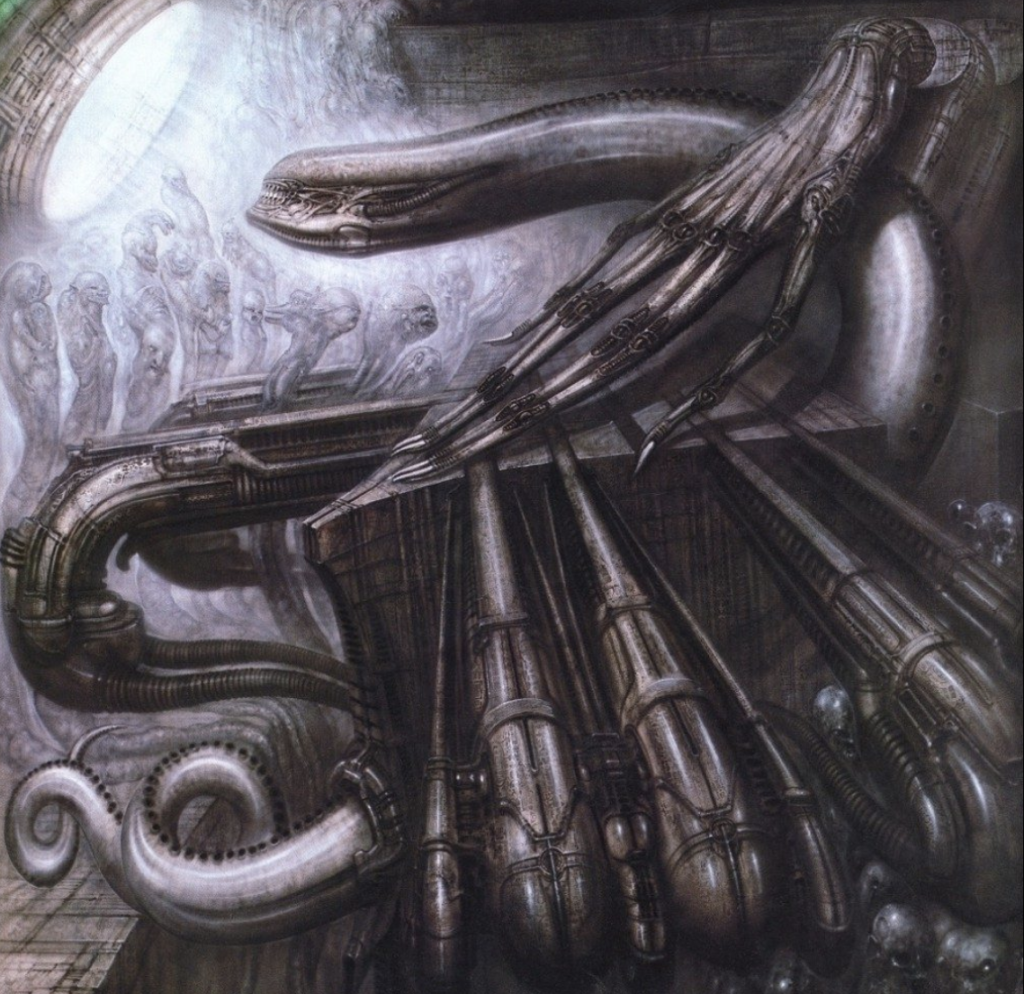
This is an interesting concept, the beast appears serpent-like and biomechanical. Xenomorphs can take different forms, depending on the host, but it is unclear whether that was considered at this stage of the design process.
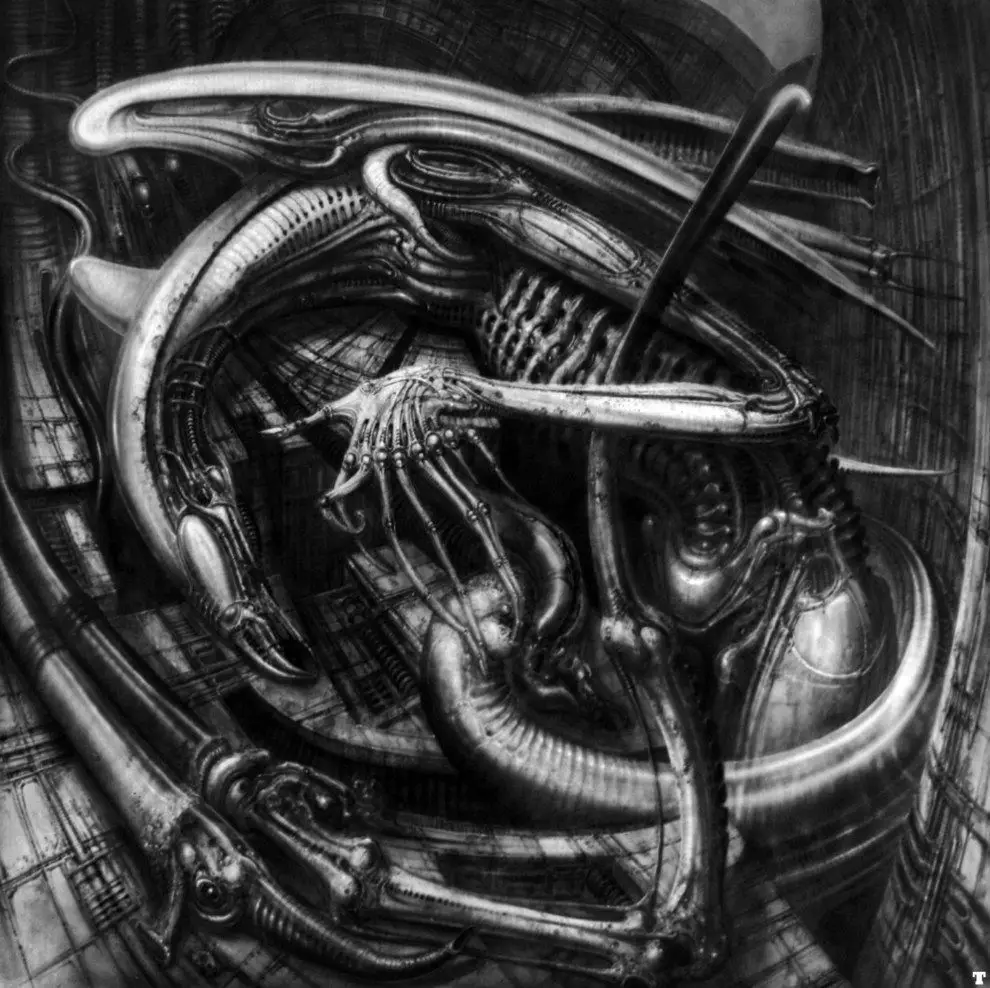
Another elaborate concept and this one is particularly impressive. In the book, Giger’s Alien, this image is titled ‘Alien Monster IV’. Perhaps this design was intended as a later stage of the monster or maybe it was just an exploration painting. What makes this image particularly unsettling is the spidery fingers on the hand. Usually, we see a hand that has 5 digits, but this one has 9 which instantly stands out as freakish and horrifying. The beast again looks biomechanical in nature. A magnificently nightmarish design, everything about it screams hostile, but there is also something strangely majestic about it.
These were just a few of Giger’s designs for the monster in Alien. There are many more designs out there worth checking out. Giger’s Alien is not his only noteworthy work, and his first published collection of art can be seen in the 1977 book Necronomicon, which features some stunning artwork. A follow-up book titled Necronomicon II was published in the mid-80s, and is also worth checking out. H.R. Giger sadly passed away in 2014, but his work continues to inspire other artists. The visually stunning video game Scorn was inspired by the works of H.R.Giger and Zdzisław Beksiński. Let us know what you think about Giger’s work in the comments.
-

 Film1 year ago
Film1 year agoThe Shining: Who were the Ghosts of the Overlook Hotel?
-
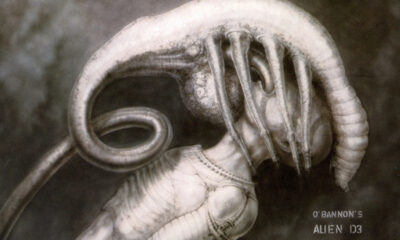
 Music & Art1 year ago
Music & Art1 year agoThe Nightmarish Concept Art of H.R. Giger for Alien
-

 Film1 year ago
Film1 year agoThe Shining: Who let Jack Torrance out of the Pantry?
-

 Music & Art1 year ago
Music & Art1 year agoThe Nightmarish Art of Zdzislaw Beksinski
-
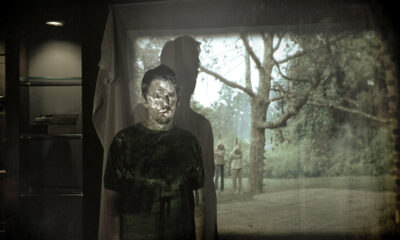
 Music & Art1 year ago
Music & Art1 year agoSinister: The Terrifying Other Soundtrack
-

 Reviews1 year ago
Reviews1 year agoScream 6 (2023) Review: Ghostface Takes Manhattan
-

 TV1 year ago
TV1 year agoZombie Variants Bring New Excitement to Daryl Dixon’s Walking Dead Spin-Off.
-
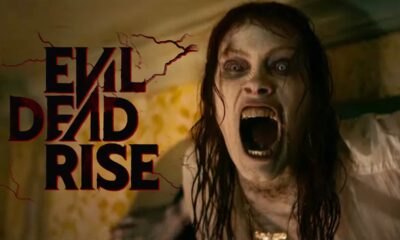
 Film1 year ago
Film1 year agoDeadites Move to LA in Evil Dead Rise


